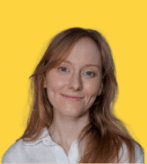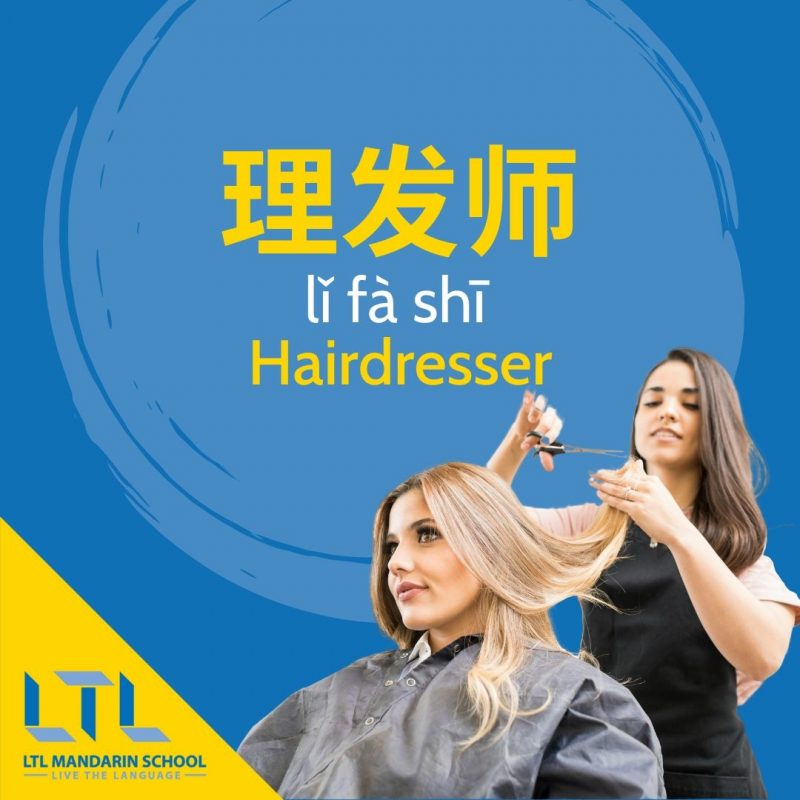Download Your FREE Pinyin Chart in Chinese & Learn Pinyin in Minutes
Starting to learn Chinese and in need of an easy to follow, downloadable Pinyin Chart?
You are in the right place!
As always at LTL, our goal isn’t simply teaching our students Chinese, it’s teaching EVERYONE Chinese.
We spend hours behind the scenes creating excellent tools and useful things for you to get involved, from the comfort of you own sofa.
Want some examples?
- Free HSK Vocab Tests – We cover HSK 1 all the way through to HSK 6
- Free Chinese Vocab Tests – Measure Words, Radicals and even Chinese Proverbs
- Hundreds of super useful flashcards
- In depth Chinese app reviews to discover the best apps for learning Mandarin
… and trust us, there is plenty more!
Pinyin Chart || Download Yours FREE
Pinyin Chart || What is Pinyin
Pinyin Chart || Initials and Finals
Pinyin Chart || More Examples
Pinyin Chart || Funny Mistakes You MUST Avoid
Pinyin Chart BONUS || Type Chinese with Tones
Pinyin Chart || Download Yours FREE
Today though, you want your FREE downloadable Chinese Pinyin Chart…
Believe it or not we have two versions, choose your favourite or download both if you so wish!
Plain Version // Pinyin Chart


Colour Version // Pinyin Chart


We’ll give a bit of context to this so you have an idea what you are looking at because for a Chinese beginner, it might seem a bit of a head spinner.
Pinyin Chart || What is Pinyin?
So when learning Chinese, a word is made up of Hanzi (Chinese characters) which look like this:
- 你好
- 我是
- 再见
Now of course as a newbie to Chinese, we have no idea how to read or interpret this, so what do we do?
LUCKILY FOR YOU, Pinyin was invented in 1958 to allow Chinese to become easier for us to learn.
Pinyin came to prominence in China during 1958, and gave us readers a vital tool to understand how to pronounce them. This is because Pinyin is the romanization of Chinese characters.
So if we take the above three examples the pinyin would be…
| Hanzi/Characters | Pinyin | Meaning |
|---|---|---|
| 你好 | nǐ hǎo | Hello |
| 我是 | wŏ shì | I am… |
| 再见 | zài jiàn | Goodbye |
Now we have a much more friendly way to read Chinese characters, and it’s the Pinyin that we focus on in our chart above.
When you start to study Chinese, you will focus your earlier studies on Pinyin, as it will take time to learn and recognise Chinese characters.
As you become more adept and advanced, you will disregard pinyin entirely, but it’s essential for beginner and intermediate students.
EXAMPLE – Take the official HSK tests. HSK 1 and 2 use pinyin, but HSK 3 and above use ONLY Chinese characters.
Pinyin Chart || Initials and Finals
So now we have an idea of what Pinyin is and how it can help us, we need to understand how to use it.
Actually – it’s really quite simple.
Every Chinese word is made up of an INITIAL and a FINAL.
These are all listed in the Pinyin Chart above, but again, taking our three examples from before, this is how they break down
| Hanzi | Pinyin | Initials | Finals |
|---|---|---|---|
| 你好 | nǐ hǎo | n & h | ǐ & ǎo |
| 我是 | wŏ shì | w & sh | ŏ & ì |
| 再见 | zài jiàn | z & ji | ài & àn |
The concept is pretty easy right?
An easy way to discover where the initial ends and the final starts is to use the tonal mark.
Finals are often denoted with the tonal mark on the first letter (notice in the examples above every final has a tonal mark over the first letter).
This isn’t the case all the time, but it’s a good rule of thumb.
Just to nail that point home, here is our wonderful friend Amy illustrating these exact points in a super quick-fire two minute video.
You’ll have also noticed we mentioned tones before.
This is one thing that scares many beginners to Mandarin – don’t let it.
For one, our great friend Samridhi published a fantastic guest post on how to learn Chinese tones in minutes – we recommend you take a look!
And if that wasn’t enough material, Amy is back with another visual look at how the four tones work in Chinese, complete with initials and finals, aren’t we good to you!
Pinyin Chart || More Examples of Initials and Finals
We’ve given the same three examples above but just to help you out further here are some more examples of how Chinese words are broken down using initials and finals.
This is just 10 of many possible combinations which we picked at random.
| Initial | Final | Word |
|---|---|---|
| d | án | dán |
| sh | uǐ | shuǐ |
| l | uō | luō |
| l | āo | lāo |
| zh | èn | zhèn |
| t | áng | táng |
| sh | uǒ | shuǒ |
| j | ǐ | jǐ |
| q | uān | quān |
| zh | uǒ | zhuǒ |
There’s ten examples of initials and finals at work.
It’s important to be able to differentiate between initials and finals because this will be a big help when pronouncing words as you move forward with Chinese.
Understanding how words are built and structured is one of the first things to master – when that becomes apparent you start to see real progress.
It’s also worth remembering in Chinese, because of the limited number of initials and finals there are only a certain number of possible combinations.
This means many words in Chinese have the same pinyin.
SHI is a great example of this. Take these words here:
| Hanzi | Pinyin | Meaning |
|---|---|---|
| 是 | shì | to be / is |
| 市 | shì | market / city |
| 十 | shí | ten |
| 时 | shí | time |
| 食 | shí | meal / food |
| 使 | shǐ | make / cause / use |
| 式 | shì | type / style |
| 石 | shí | stone / rock |
| 世 | shì | life / generation |
| 事 | shì | a matter / thing |
There’s one to spin you out! 10 completely different words, but the same pinyin (just note the different tones for pronunciation)
Why does this happen?
It happens for the reason we mentioned above.
Because there are a limited number of initials and finals, there are only a certain number of possible combinations.
That’s kind of good news and bad news depending on if you are a glass half full or empty person!
There are less combinations to remember meaning words in theory, should be easier to remember.
However, it then becomes easy to confuse words with the wrong tones which can of course lead to some rather embarrassing mistakes…
Pinyin Chart || Funny Mistakes You MUST Avoid
You guessed it, because of the lesser combinations, it means innocuous mistakes can be made very easily, for all levels of Chinese speaker!
We highlighted five great examples in a post which we’ll link below, but to give you a taster here is one of those examples!
SPOILER – Wife and Boss have the same initials and finals in Chinese! Clever beggars who invented Chinese 🤔 Laughing away at our expense!
lǎo bǎn: boss
lǎo bàn: wife
Could lead to…
- Wǒ zhēn de bù xǐhuan wǒ de lǎobǎn, Wǒ yào huàn yīgè xīn de.
- I really don’t like my boss, I want a new one.
- Wǒ zhēn de bù xǐhuan wǒ de lǎobàn, Wǒ yào huàn yīgè xīn de.
- I really don’t like my wife, I want a new one.
Check out the other four funny mistakes made commonly by students of Mandarin here.
There we have it.
You’ve got your brand new Chinese Pinyin Chart to use whenever you please, you’ve got a tonne of new resources you didn’t know about and a handy pocket guide to Chinese initials and finals, what more could you want!?
Well… if you’re craving further material we have no doubt you will love our Instagram and YouTube channels which are jam packed full of superb Mandarin learning content… here’s a taster before we leave you!
Our YouTube Channel
A quick taster of what you can expect…
Our Instagram Channel
Another taster of what’s on show every week.
Pinyin Chart || Type Chinese with Tones

We do have one more resource for you also, and this is a good one.
You’ll find when typing pinyin on a western keyboard you cannot type the tonal marks and this is actually a big negative when learning because tones are essential.
How to get around this?
Oh yes, your friends at LTL have your back covered well and truly because we created this super-cool Pinyin Converter which allows you to type Chinese with tones (simply by using numbers).
Want to try it out? Go ahead, be our guest, and let us know below what you think.
Pinyin Chart || FAQs
What is Pinyin?
Essentially Pinyin is romanized Chinese characters.
Pinyin came to prominence in China during 1958, and gave us readers a vital tool to understand how to pronounce them. This is because Pinyin is the romanization of Chinese characters.
What is “Pinyin” in Chinese characters?
拼音
Can I get a downloadable PDF of all the Chinese Pinyin?
Absolutely, in fact we made a Chinese Pinyin chart you can download here.
What’s the difference between Pinyin and Chinese Characters?
Characters (or Hanzi) are, for example – 我 是 and 你
Pinyin is the romanized versions, for example wŏ shì and nǐ
Is Pinyin ever the same for multiple words?
Yes, many in fact, because the combinations of Initial and Final are actually not that many.
Here’s a funny/dangerous example.
lǎo bǎn: boss
lǎo bàn: wife
MORALE? Learn your tones!
Want more from LTL?
If you wish to hear more from LTL Mandarin School why not join our mailing list.
We give plenty of handy information on learning Chinese, useful apps to learn the language and everything going on at our LTL schools!
JOIN OUR ONLINE/FLEXI CLASSES – Brand new in 2020, check it out.
Sign up below and become part of our ever growing community!

 Hi, my name is Mojca. I am from Slovenia in Europe and I work as a student advisor at our Beihai school.
Hi, my name is Mojca. I am from Slovenia in Europe and I work as a student advisor at our Beihai school.







13 comments
[…] example, below the pinyin ‘jiu dian’ was typed. This, amongst other things, could mean either hotel, or 9 […]
Very nice content, super helpful
Thanks Tim!
Chart downloaded! Love it, well designed
That's great to hear! Well done Heidi and thanks for the comment
Xie xie
This is great for beginners
Thanks for the kind words Gerald
[…] find the dialogue with the hanzi, pinyin and English translation in the description of each episode, so it’s an easy series to follow […]
Chinese here... in the chart there are two "i"s one is "i" one is "-i". what are the differences?
[…] order to do this, it’s important to learn both pinyin (Chinese written with English letters) and the four […]
Great content. Lots of things explained well.
Glad you found it useful!